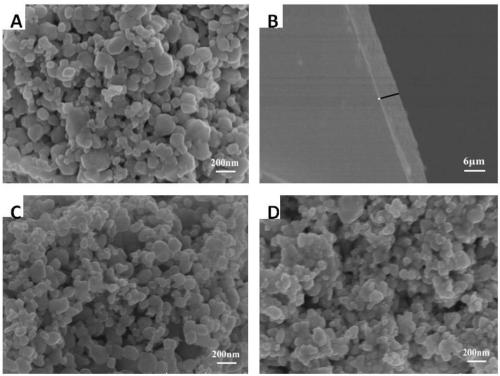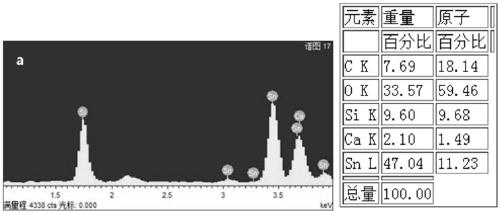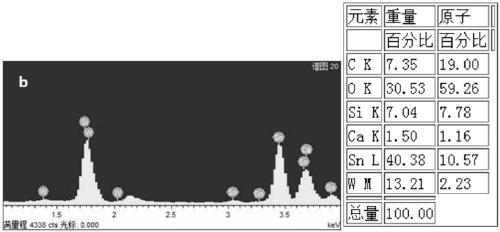Molecular level iridium catalyst modified wo3 composite photoanode and its application
A molecular-level, catalyst technology, applied in electrodes, photosensitive devices, photovoltaic power generation, etc., can solve the problems of long cycle, fossil fuel pollution, and high cost, to improve charge separation efficiency, speed up charge transfer, and improve transfer and separation efficiency. Effect
- Summary
- Abstract
- Description
- Claims
- Application Information
AI Technical Summary
Problems solved by technology
Method used
Image
Examples
Embodiment Construction
[0057] Example Molecular Level Iridium Catalyst Ir-PO 3 h 2 Modified WO 3composite photoanode
[0058] (1) Molecular level iridium catalyst Ir-PO 3 h 2 ([(H 4 dphbpy)Ir III Preparation of (Cp*)Cl]Cl)
[0059] 1. Preparation of 2,2'-bipyridine-4,4'-diethyl diphosphate
[0060] Under nitrogen protection, 4,4'-dibromo-2,2'-bipyridine (Br 2 bpy) (0.7850g, 0.5 mmol), Pd (pph 3 ) 4 (0.2500g, 0.5mmol), Et 3 N (0.7mL), diethyl phosphite (0.7mL), in 15.0mL of toluene, heated to reflux at 85°C for 4h, after the reaction was complete, cooled to room temperature, added diethyl ether to the reaction liquid, vacuum filtered, The precipitate was filtered off, the filtrate was concentrated by rotary evaporation, and then plated, and finally the product 2,2'-bipyridine-4,4'-bisphosphate diethyl was collected by silica gel column chromatography.
[0061] 1 H NMR (CH 3 OD, 295K, δ / ppm, J / Hz): 8.89 (m, 2H, H 3,3′ , J=2.0); 8.66 (d, 2H, H 6,6′ , J=9.0); 7.95 (ddd, 2H, H 5,5′ , J=1...
PUM
| Property | Measurement | Unit |
|---|---|---|
| thickness | aaaaa | aaaaa |
Abstract
Description
Claims
Application Information
 Login to View More
Login to View More - R&D
- Intellectual Property
- Life Sciences
- Materials
- Tech Scout
- Unparalleled Data Quality
- Higher Quality Content
- 60% Fewer Hallucinations
Browse by: Latest US Patents, China's latest patents, Technical Efficacy Thesaurus, Application Domain, Technology Topic, Popular Technical Reports.
© 2025 PatSnap. All rights reserved.Legal|Privacy policy|Modern Slavery Act Transparency Statement|Sitemap|About US| Contact US: help@patsnap.com



